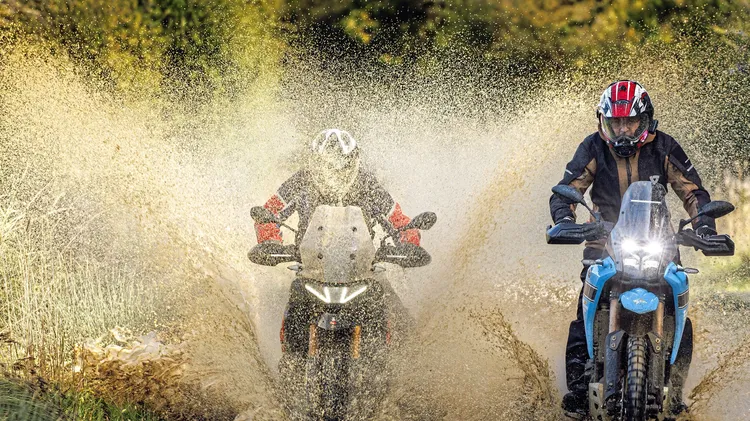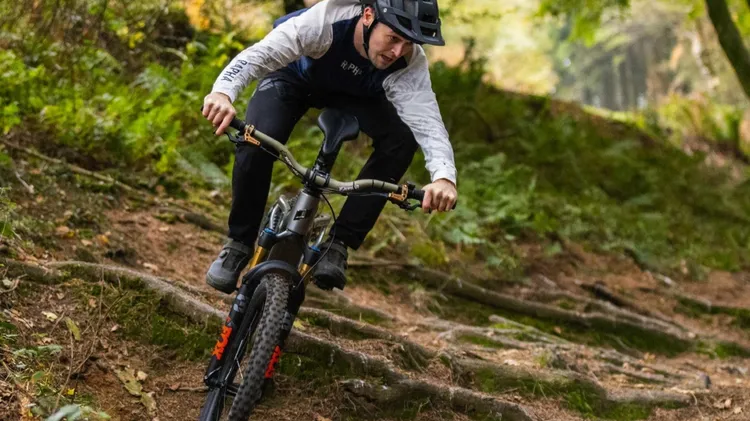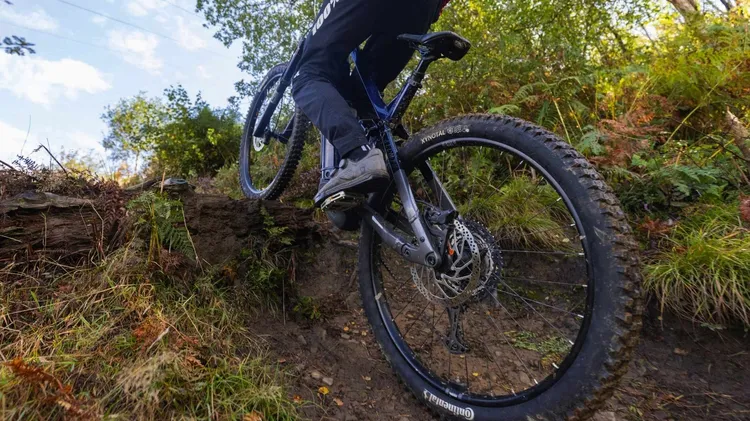We put two lightweight big-hitters from the David and Goliath of European brands
Euro enduros
15 min read
This article is from...
Read this article and 8000+ more magazines and newspapers on Readly






